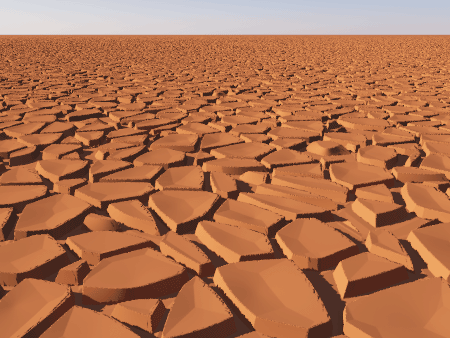 |
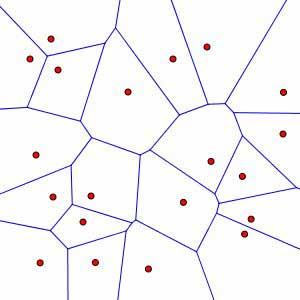 |
Thomas Bodin -- Research
If I had to summarize the object of my research in one
question, that would be: how can we quantify the state of
knowledge we have about the Earth, given the measurements
that we make at the surface? This includes solving an
inverse problem and finding a model of the Earth that
explains our observations.
But
most importantly, I am interested in quantifying
uncertainties and trade-offs, and exploring the level of
resolution associated with different data types and
inverse schemes. I have been mainly working on Bayesian
(i.e. probabilistic) inverse methods where the solution is
a probability density function describing the information
we have about the Earth. The goal is to fully take into
account observational and theoretical errors, and to
propagate them towards model uncertainties.
Although I have been mainly interested in inverse theory, I am also interested in the structure and evolution of the Earth. For example, transdimensional inversion has enable to detect a mid-lithospheric low velocity zone under the Indian craton, and has the potential to better image mantle discontinuities.
Videos
of Seminars
Transdimensional
Inference in the Geosciences
Reconcyling
Scales in Seismology
Current Postdocs
Alistair Boyce

Alistair is investigating the impact of parameterisation choices on seismic tomography using Bayesian methods. Specifically, I will use complementary data sets to help understand trade-offs between isotropic and anisotropic parameters and quantify their uncertainty. Previously, Alistair worked on improving our understanding of mantle structure and dynamics across stable continental interiors and regions of active upwelling using passive seismic imaging of both broad-scale mantle velocity structure and sharp discontinuities.
Dorian Soergel
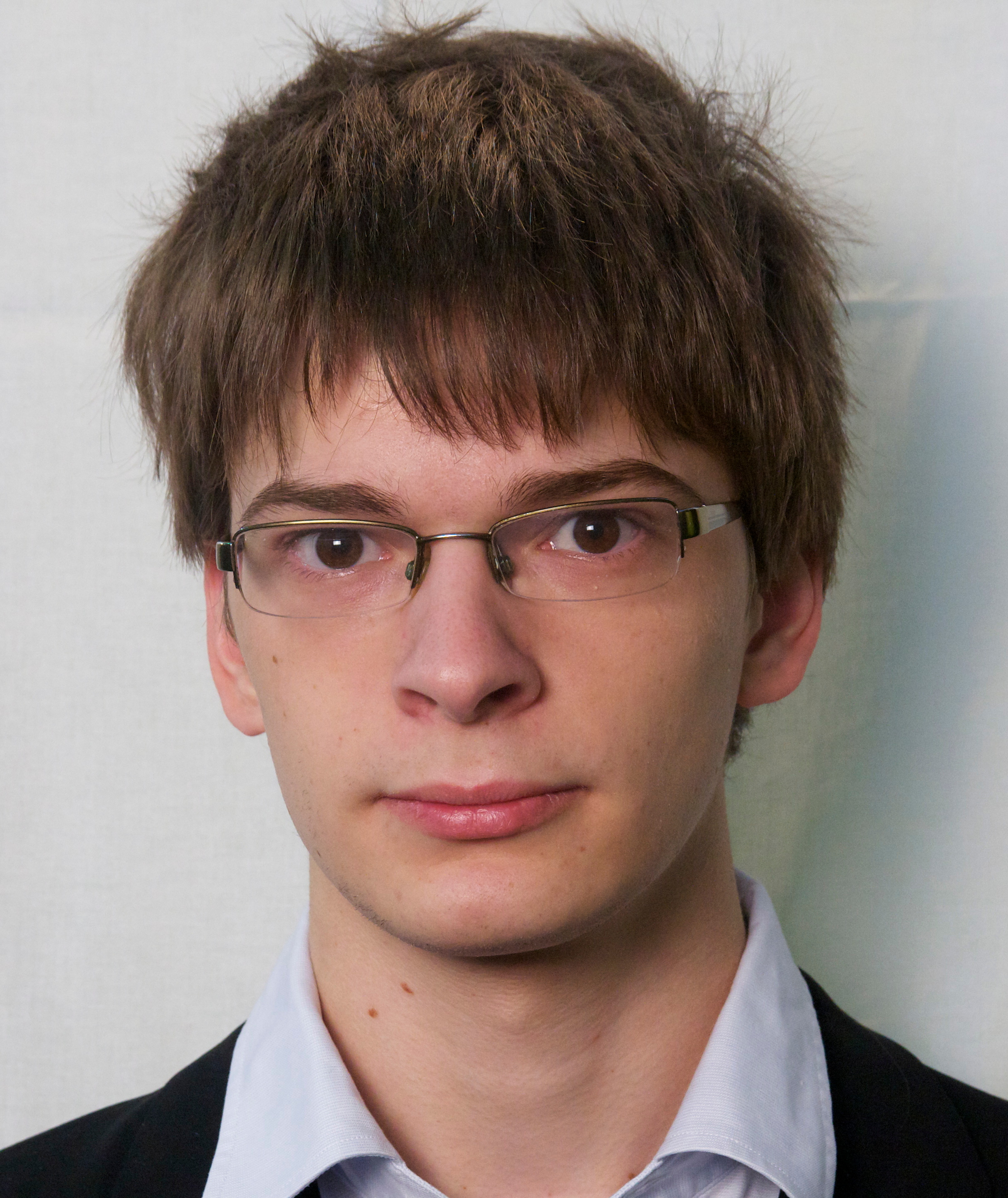
Dorian develops tools to efficiently handle large datasets in the framework of Bayesian inversion. In particular, Dorian is interested in constraining mantle anisotropy at the global scale. Previously, Dorian has been working on constraining attenuation and azimuthal anisotropy from ambient noise analysis of AlpArray data. Dorian is most generally interested in large datasets and methods to handle them.
Current PhD Students
Theo Santos
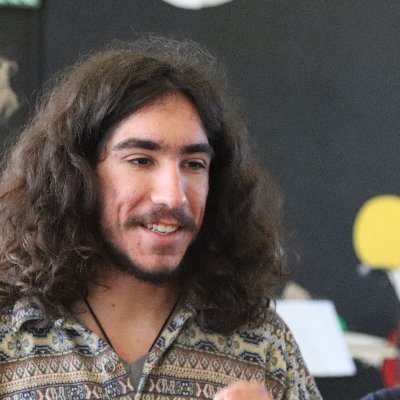
Théo Santos is working on applying deep learning for inverse problems in physics. He focuses on how deep learning can be used to reduce the dimension of the data or model space, and how neural networks can be used to emulate complex physical processes. Applications areas include seismic tomography and image analysis in astrophysics.
Former PhD Students
Chloé Alder
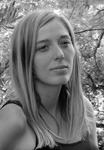
As a PhD student, Chloé studied the link between seismic anisotropy and small-scale heterogeneities in the Earth’s mantle, i.e. heterogeneities thatcannot be resolved by long-period seismic waves. During the first part of her PhD, she showed that in plausible isotropic mantle models, the level of extrinsic radial anisotropy increases as the square of chemical small-scale heterogeneities. This work implies the use of the Fast Fourier Homogenization code, developed by Yann Capdeville in Nantes. It is a tool which allows to find the long-wavelength equivalent of a small-scale isotropic medium. This equivalent medium is smooth, exhibits anisotropy and represents what would be observed in tomography.
John Kleith Magali

Traditionally, the inversion of long period surface waves producing models of azimuthal anisotropy within the mantle has been interpreted by seismologists as horizontal mantle flow. Since mantle dynamics is rather a complex process, the flow may not be horizontal. This boils down to the question: Could these waves be used to constrain the full patterns of mantle deformation? As such, Keith developed methods for geodynamic tomography, a reconciliation of seismology and geodynamics. He applied nonlinear inversion algorithms with Bayesian inference of surface waves constrained by geodynamics. Such methods reduce the number of model parameters, and will try to capture intrinsically the effects of thermal (and later, compositional) structure onto long wavelength anisotropy.
Florian Millet
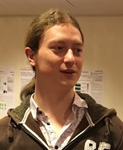
Florian did his PhD in a joint collaboration between the University Lyon 1 (France) and the University of Bergen (Norway). He developped a new method to migrate Receiver Functions in a fully 3D scheme combined with a multi-mode approach making use of efficient 3D Eikonal solvers and elastic scattering theory. These new developpements let us image lateral variations in strong seismic reflectors such as the Moho, subducting plates and the transition zone at a higher resolution than ever before. This method is expected to perform especially well in complex subduction settings such as Cascadia, the Egean Sea or Japan.
Colin Pagani
Former Postdocs
Navid Hedjazian
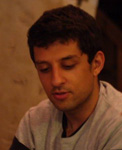
Navid worked on the development of new methods to invert seismic data in a Bayesian formulation. Particularly, he worked on incorporating constrains from geodynamic modelling in the inversion process to reduce the number of possible Earth's models. He has also have been interested in multi-scale modelling of the development of seismic anisotropy in the Earth's upper mantle.
Rhys Hawkins
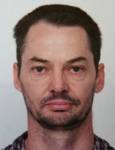
Rhys worked on the effect of parameterization choices in Bayesian surface reconstruction problems. He also worked on the combination of different data types (tide gauges, GNSS vertical rates, satellite altimetry) to recover vertical land motion and see level rise.
Antoine Turquet
 |
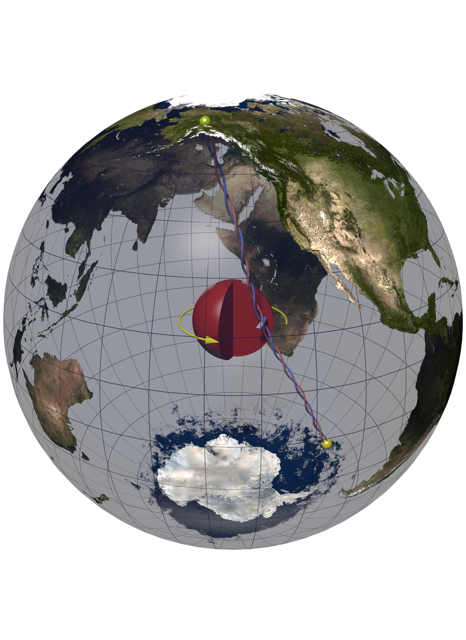 |